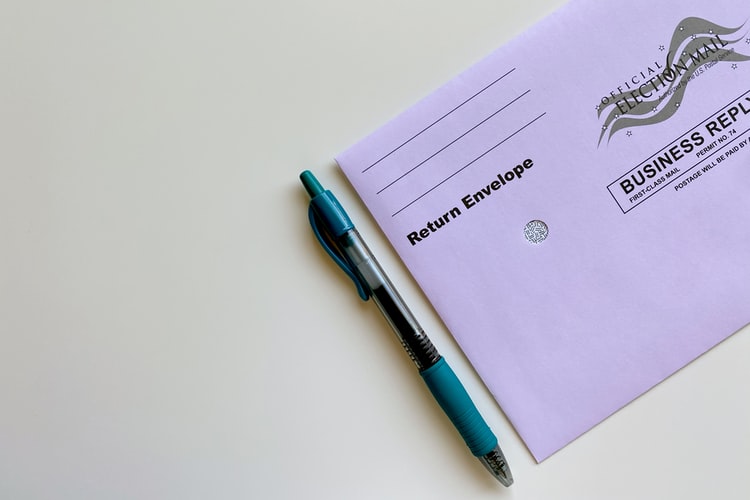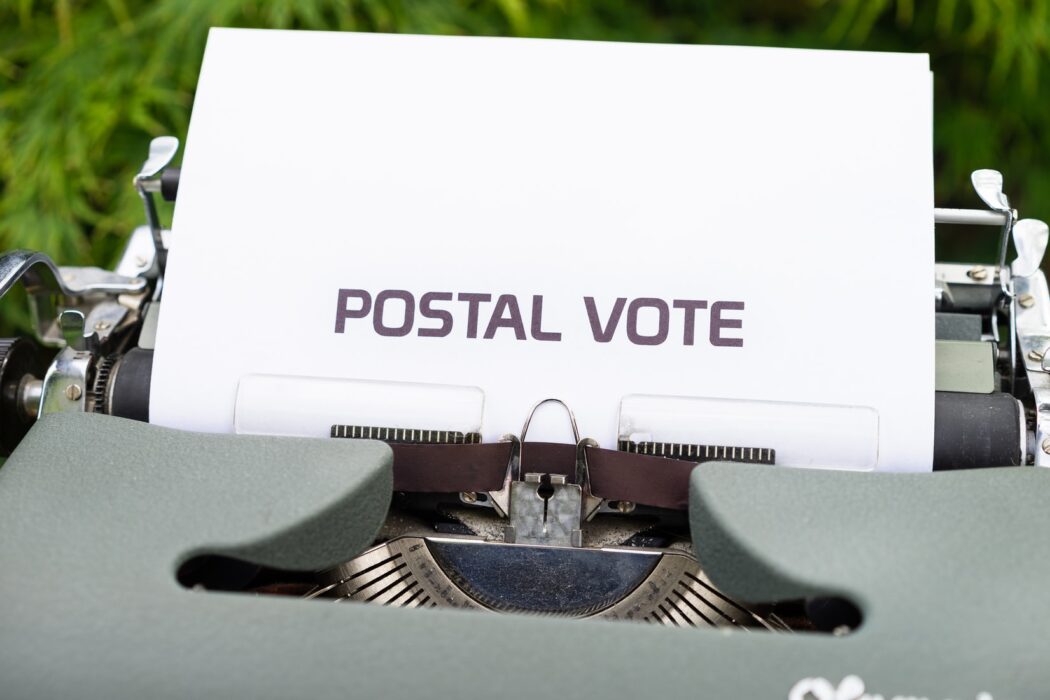With the election looming closer and closer, now is the time to make those deadlines for mail-in ballots. Amidst the pandemic, more people are voting by mail-in ballot than before. For college students attending out-of-state schools, a mail-in ballot or an absentee ballot could be the only option.
What is the difference between a mail-in ballot and an absentee ballot?
A mail-in ballot can be for any qualified voter. You can simply request a mail-in ballot without having a reason. People may do this because they are immunocompromised, or simply do not want to go vote in-person. An absentee ballot is a bit different. This is an option for out-of-state students who are not registered to vote in the state they attend school in. When applying for an absentee ballot, you must list a legitimate reason as to why you are applying.

VALLEY is here to make sure you are filling out your ballot correctly and going through the steps to ensure that your vote will be counted.
1. Properly Fill Out the Ballot

This is the most basic step to making sure your vote will count. When you actually receive your ballot in the mail, make sure to fill it out on a flat, clean and dry surface. Ballot scanners can only accept certain colors of ink, and will also only accept ballots that are entirely filled out correctly. Make sure your ballot has no stray marks of any kind. Make sure to also only fill out one choice for each office. There is not going to be a second opportunity to vote with a mail-in ballot, so make sure the first time around is completely correct.
2. Sign Your Envelope
It doesn’t matter which state you are requesting your ballot from, each state will require you to sign an affidavit that is located on the outside of the envelope containing the ballot. This signature confirms your identity and your eligibility to vote. If not every place that requires a signature is filled out, your ballot will be rejected.
Additionally to making sure each signature space is filled out, make sure you are using the same signature that your state has on file. The signature that your state has on file is the one found on your ID. Election officials will cross-check your signature to see if it matches the one on file. If the signatures do not match up, your ballot will also be rejected.
3. Include any Additional Documentation Needed
Some states will require the voter to take additional steps when voting. For example, some states like Virginia will require you to have a signature from a witness to authenticate the ballot. Right now, 13 states require voters to even submit a copy of their photo ID with the absentee ballot. Make sure to double-check if your state is one of these 13.
4. Meet The Deadlines
Each state has a deadline for both applying for a ballot and actually sending the ballot in. One of the most common reasons mail ballots end up being rejected is because they arrive past the deadline, or they are missing a postmark. The Postal Service actually recommends that you put your ballot in the mail at least a week before Election Day.
These are just 4 general points to follow when you are filling in your mail-in ballot. For Pennsylvania specifically, all applications for both absentee and mail-in ballots must be in by Oct. 27 at 5 p.m. Your ballot must be received by the election office by 5 p.m. on Nov. 6 to be counted. Another important thing to remember for Pennsylvania voters is to seal your ballot in the secrecy envelope provided, and then put that secrecy envelope inside the second return envelope that is also provided.

There are a lot of things to make sure of when it comes to voting. However, voting is extremely important, and everyone’s votes count!





